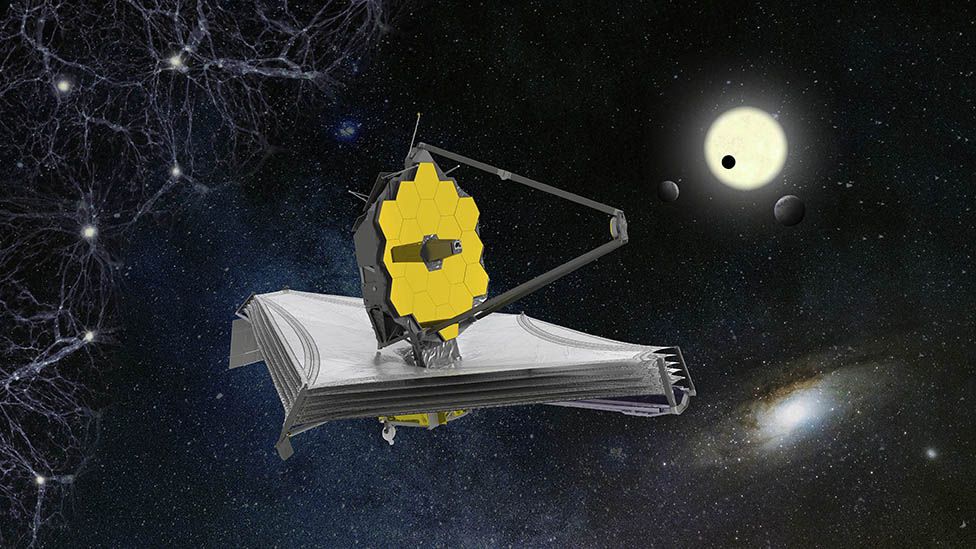One of the most expected minutes in astronomy happened as expected on Christmas Day this year. The cutting edge telescope, the "James Webb Space Telescope", was dispatched on December 25 at 7:20 am EST from the European Spaceport in French Guiana, South America. The telescope was dispatched on an Ariane 5 rocket, as per an assertion from the National Aeronautics and Space Administration (NASA)
As indicated by NASA, the telescope is securely in space, turned on, and speaking with ground regulators. The progressive instrument gave another period of cosmic investigation as it was lifted heavenward by an Ariane rocket from the Kourou spaceport in French Guiana. Webb is the replacement to the Hubble Telescope, which is named after one of the designers of the Apollo Moon arrivals.
Webb's dispatch is just the beginning of what will be a complicated series of starting exercises throughout the following a half year.
The telescope is being put on a way to a noticing station some 1.5 million km past the Earth. Over the span of heading out to this area, Webb should unload itself from the collapsed arrangement it embraced at dispatch - like a butterfly arising out of its chrysalis.
This will not be simple, surrendered Nasa overseer Bill Nelson: "We need to acknowledge there are as yet endless things that need to work and they need to work impeccably. However, we realize that in extraordinary award, there is incredible danger. Furthermore that is what's genuinely going on with this business. What's more that is the reason we try to investigate."
The James Webb telescope will be at incredibly low temperatures. The purpose for keeping it cool is that the Webb should notice the infrared light from very far off objects, and for distinguishing those weak hotness flags, the actual telescope should be kept virus. The Webb has a few frameworks and defensive measures to keep it cool and safeguard it from the hotness by outside sources.
A sun safeguard shields the telescope from outside wellsprings of hotness like Sun, moon, and Earth. The sun safeguard will cool the telescope to a temperature of less 223 degrees Celsius. Different instruments in the Webb will likewise have cooler temperatures of fluctuating degrees. The close infrared instruments will work at less 234 degrees Celsius, while the mid-infrared instrument will work at a much colder temperature of less 266 degrees Celsius, as per NASA.
The Webb mission dispatched with 344 single-point disappointments, parts that don't have a reinforcement. Around 80% of them related with the organization steps, said Mike Menzel, Webb's main goal frameworks engineer at NASA's Goddard Space Flight Center in Maryland.
They need to turn out appropriately for Webb to do its central goal.

